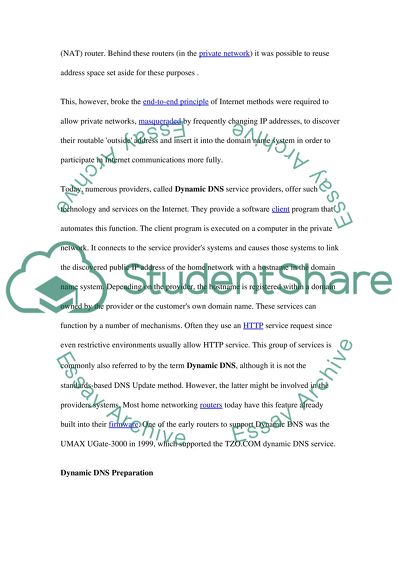Cite this document
(Dynamic Domain Name System in Linux Assignment Example | Topics and Well Written Essays - 1750 words, n.d.)
Dynamic Domain Name System in Linux Assignment Example | Topics and Well Written Essays - 1750 words. Retrieved from https://studentshare.org/information-technology/1523641-dynamic-dns-in-linux
Dynamic Domain Name System in Linux Assignment Example | Topics and Well Written Essays - 1750 words. Retrieved from https://studentshare.org/information-technology/1523641-dynamic-dns-in-linux
(Dynamic Domain Name System in Linux Assignment Example | Topics and Well Written Essays - 1750 Words)
Dynamic Domain Name System in Linux Assignment Example | Topics and Well Written Essays - 1750 Words. https://studentshare.org/information-technology/1523641-dynamic-dns-in-linux.
Dynamic Domain Name System in Linux Assignment Example | Topics and Well Written Essays - 1750 Words. https://studentshare.org/information-technology/1523641-dynamic-dns-in-linux.
“Dynamic Domain Name System in Linux Assignment Example | Topics and Well Written Essays - 1750 Words”, n.d. https://studentshare.org/information-technology/1523641-dynamic-dns-in-linux.


